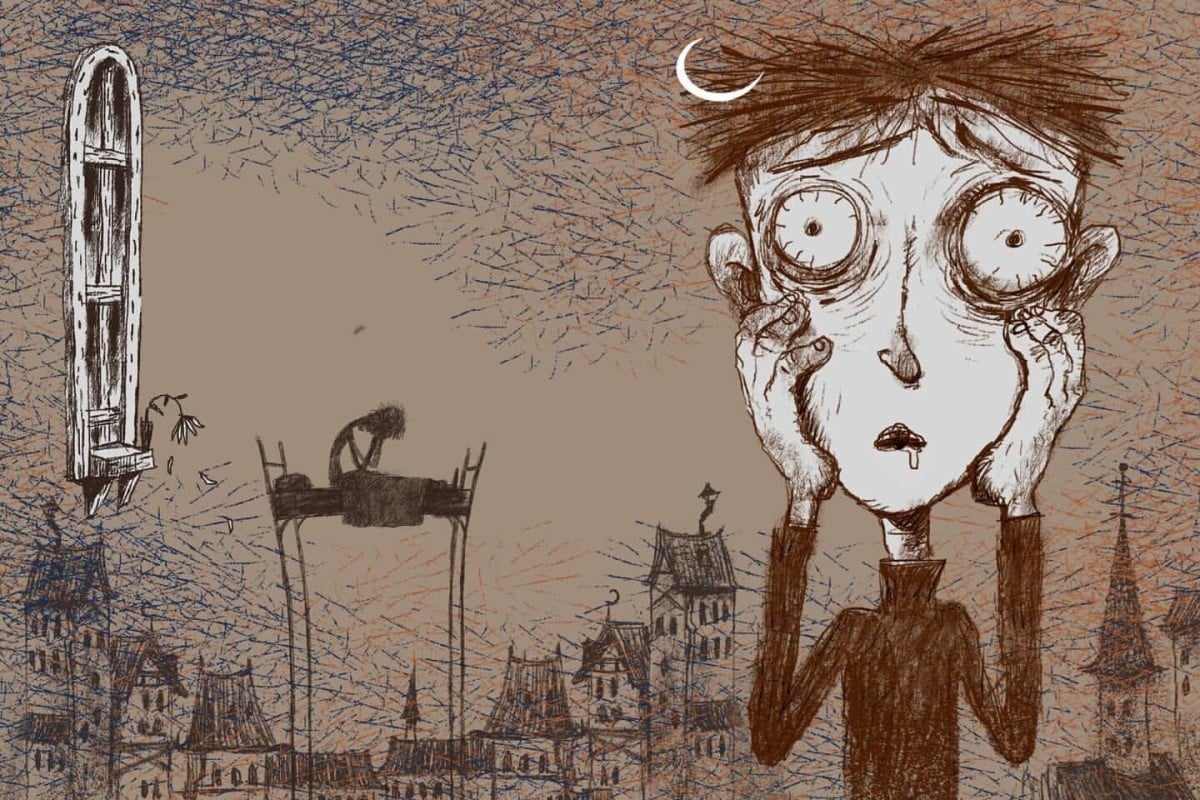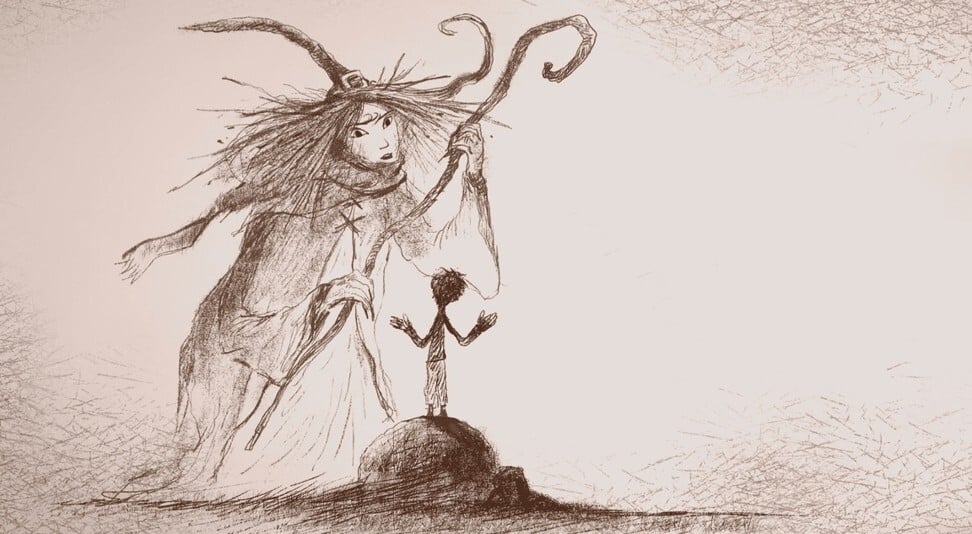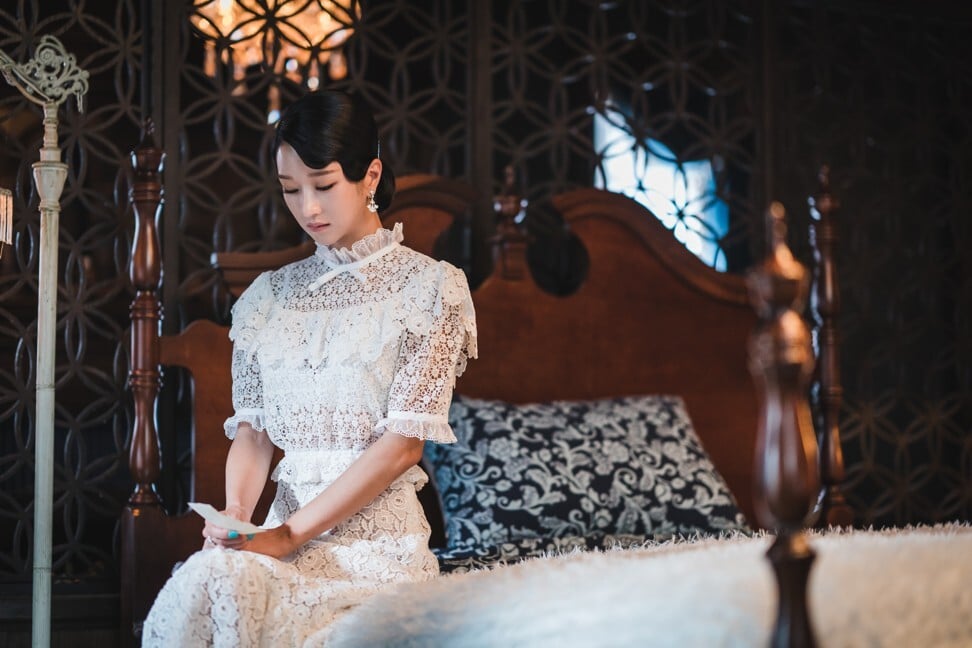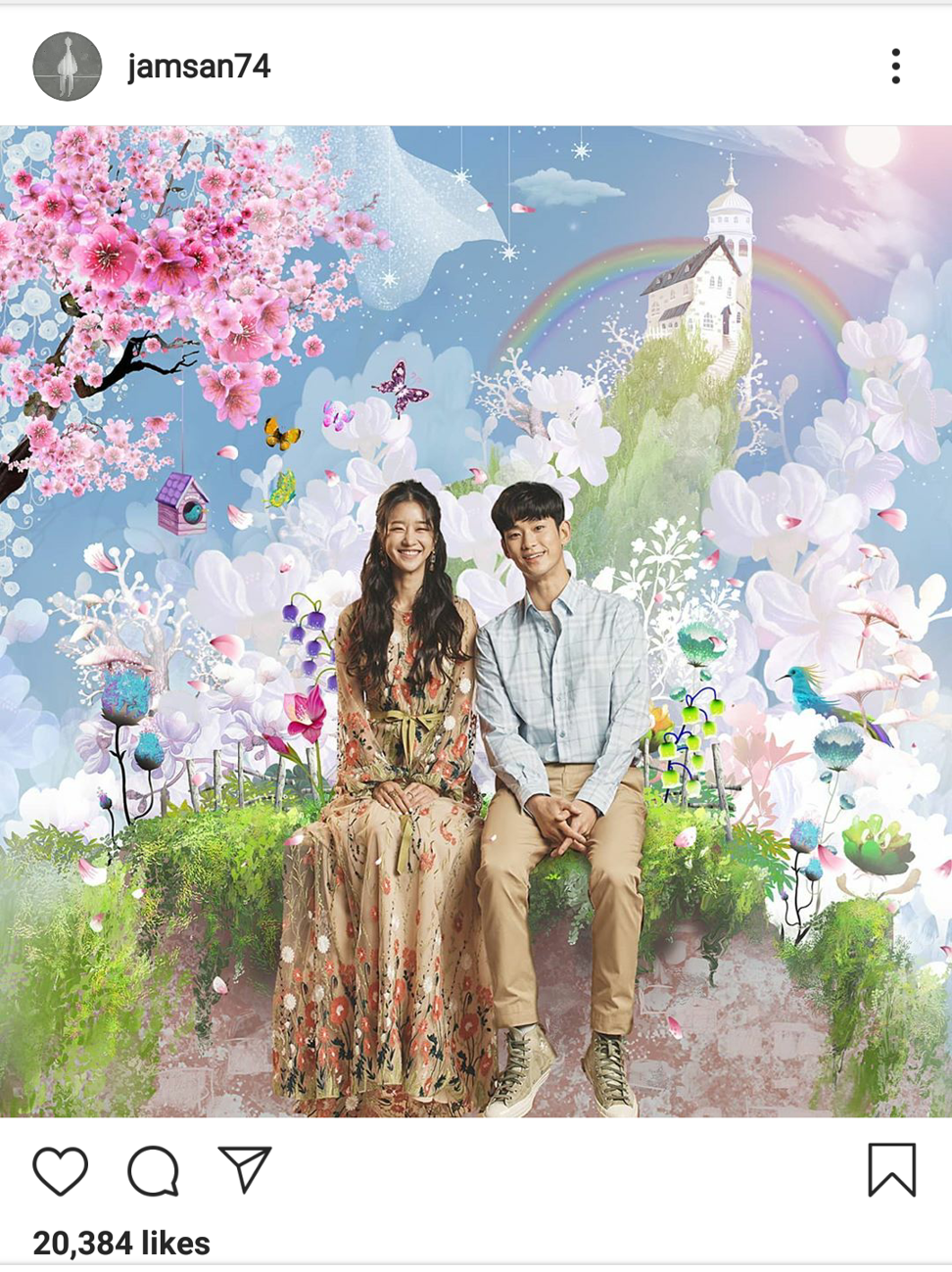
By Kwak Yeon-soo
Cable network tvN’s series It's Okay to Not Be Okay wrapped up its 16-part run earlier this month, but is still making headlines because of the children’s storybooks that appeared in the smash-hit drama.
Following the massive success of its fairy tale romance, the production company has decided to publish five storybooks: The Boy Who Fed on Nightmares, Zombie Kid, The Cheerful Dog, The Hand, the Monkfish and Finding the Real Face.

In the series, Seo Ye-ji plays Ko Mun-yeong, a children’s storybook author who suffers from antisocial personality disorder. She writes cruel fairy tales full of dark themes and grotesque scenes. Ko falls in love with Moon Gang-tae (played by Kim Soo-hyun), a caretaker who works in a psychiatric hospital and takes care of his older brother Sang-tae (Oh Jung-se).
Apart from the healing romance between Ko and Moon, the drama shows how three adults – traumatised by parental abuse and murder when they were children – learn to recover from their past traumas. It's Okay to Not Be Okay, which earned popularity overseas through streaming on Netflix, is recognised for its visual storytelling that includes concept artist Jamsan’s illustrations in Ko’s body of work. His dark, grotesque drawings entwined with screenwriter Jo Yong’s stories about family and love resonated with drama fans.
“It's been a while since the series ended in Korea, but I’m surprised that people continue to express their interest in and love for it,” he said during an interview with The Korea Times. “My follower count on social media has increased dramatically and I still get a lot of messages from drama fans.”

Compared with Encounter, in which he created a fairy tale-style rendering of the introduction and ending of the series, Jamsan had to build illustrations for each of the episode in It’s Okay to Not Be Okay. The 47-year-old artist said he changed the overall feeling of the illustration styles to reflect how characters overcame their fears and bad memories.

“In the beginning, I pretty much focused on defining the dark mood and appearance of lonely characters. But for Sang-tae’s drawing, I wanted to create his world in watercolour to give a warm and friendly feel to it, just like The Little Prince and Alice in Wonderland,” he said.
According to Jamsan, the illustrations made him feel proud because his work has proven that cruel fairy tales can become bestsellers.
“Personally I really loved this project because Ko Mun-yeong’s storybooks becoming instant bestsellers has opened up new opportunities to concept artists and illustrators like me. In the past, publishers were reluctant to release cruel fairy tales, saying such stories would not appeal to a wider audience,” he said.

“After working as a concept artist for more than 20 years and experiencing the ups and downs of life, I realised that life isn't beautiful,” he said. “After going through a career slump, I found joy in drawing zombies and fairy tales with dark twists. However, the fact that I tell stories though images and symbols remains the same.”
Jamsan shared that he had a visceral love for art and comics from a young age, dreaming of becoming a cartoonist. He studied oriental painting at an arts high school and then majored in cartoon illustration and animation at Kongju National University. He worked as an animation and art director until he quit to pursue a career as an illustrator when he was in his late 20s.
“I've always been interested in visualising emotions and expressing feelings through art,” he said. “I think good art is different from well-drawn art. Good art requires turning one's thoughts and feelings into art.”
Jamsan is preparing a cruel fairy tale series titled Blood Apple for adults. The first book of the series, Self-inflicted Mermaid, which is set to hit the shelves in September, features a mermaid’s self-destructive behaviour after being unable to win a prince's heart. The artist said he is currently searching for a writer who can turn his synopsis into a well-developed story.
“I want to tell the story but in small steps. My goal is to arouse some smiles and emotions in readers so they will wait for the next story. I'd like to entertain and, at the same time, make them think about things,” he said. “However, I don't think a storybook should always have a message or a moral theme. I just want to share stories about empathy.”
It's Okay to Not Be Okay is available for streaming on Netflix
Read the full story at the Korea Times
From our archive







